April 27, 2014 at 7:01 pm
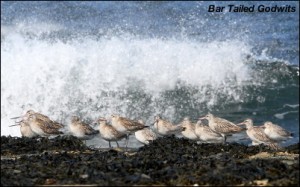
A visit to Islay is always good but especially so in late April when hundreds of wading birds are on the move. This week’s photo illustrates the spectacular setting as Bar Tailed Godwits get ready to migrate to the high Arctic against the backdrop of Islay’s pounding surf. They were new birds for me as I have never managed to obtain film of Bar Tailed Godwits on either cine, video or still as they are always very flighty birds.
During the week there has been a massive movement of Golden Plover with flocks of up to four hundred or more all bound for Iceland. Whimbrel are now beginning to arrive with groups of up to forty present and constantly on the move.
The weather this week has been fantastic with good periods of sunshine, although always with a cool Easterly wind. It has been a pleasure to watch displaying Hen Harriers a bird that may have disappeared as a breeding species in England. There are not many place in Britain where you can see more Golden Eagles than Kestrels but Islay is one of them.
It continues to be an early breeding season on Islay with Cuckoos calling in many localities and the first two Corncrakes having just arrived. Click here for some of this weeks photos.
April 18, 2014 at 6:35 pm
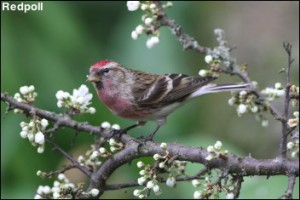
Wherever you have been in the last two weeks Redpolls have been singing. In the garden the maximum number we have had at any one time has been eight but there must be at least a dozen or more Redpolls coming to feed. Click here. One has a ring on its leg and it would be very interesting to know where it was previously captured. Reed Buntings are also feeding in good numbers and a Brambling was still present on the 15th.
On a perfect day during the week I visited the hides on Morecombe Bay. Fifty four Avocets were present and ready to breed. Black Tailed Godwits were leaving in a North West direction as they headed to their breeding grounds in Iceland. Six pairs of Bearded Tits were ready to fledge their young so the early breeding season continues.
April 13, 2014 at 6:53 pm
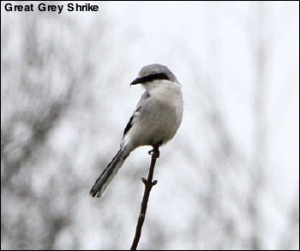
In Twitchers terms dipping out means failing to find the bird you set off to see. This happened twice to me on the 9th when I failed to find the Two Barred Crossbill at Dovestones and the Great Grey Shrike at Watergrove reservoir. Fortunately I had already seen both earlier in the week and this week’s photo of the Shrike was taken from one hundred meters away and is only a record shot. I did, however, spend an enjoyable hour watching the Shrike catch bees that were attracted to the willows and I think I can now declare that my days of twitching are over!
On the 10th I sat under the camouflage cloth by the hawthorne hedge at the rear of our garden to film whatever appeared in the fresh greenery. I was surprised to find that two Bramblings were present plus all the other garden birds. Click here.
As expected this breeding season is remarkably early with a Barn Owl already incubating eggs on the 29th March, the earliest record I have ever had in more than fifty years of monitoring this species.
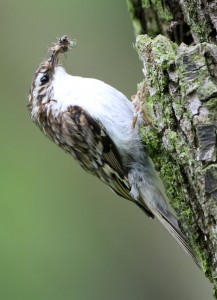


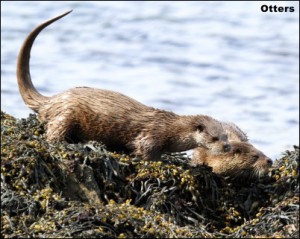
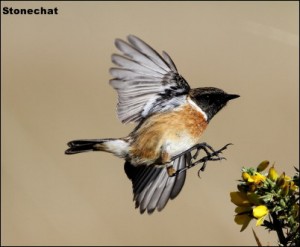 With only two hours of rain in the last fortnight Islay has certainly made up for the dreadful weather that prevailed in February. Packed with newly arrived migrants and good sunshine I have had the best photography in Spring for many years.
With only two hours of rain in the last fortnight Islay has certainly made up for the dreadful weather that prevailed in February. Packed with newly arrived migrants and good sunshine I have had the best photography in Spring for many years.

